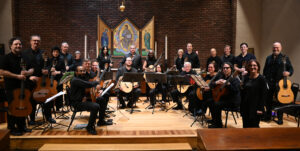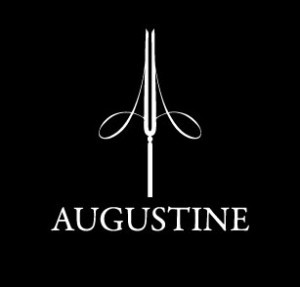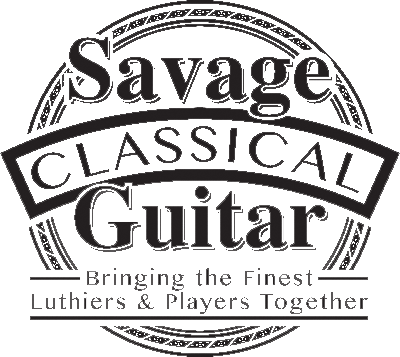by Lester S. Long
October 2003
In the days before TV or widespread radio, the primary avocation for the musically-inclined was either to attend a concert or to perform at home. In the early 1900s, many families had a piano or other instrument in the living room. During holidays or for nightly entertainment, a family member would play an instrument, and often the rest of the family would sing in accompaniment. The classical guitar was a prominent part of that experience, particularly in New York after Andres Segovia’s famous Town Hall concert, in 1928, and Miguel Llobet’s concert in 1931.
In 1936, a group of about six people, mostly immigrants, met informally to discuss the dearth of quality teachers and music for the classical guitar. Vladimir Bobri, a Russian immigrant born in 1898, Howard Donahue, and others suggested developing a guitar society in New York.
And thus began the New York Society of the Classic Guitar. Donahue, manager of the Clifton Hotel on the Upper West Side (79th Street), served as president. Bobri, an illustrator for books and magazines and a future composer and author, served as vice president. Twenty to thirty people attended the first meeting.
The Society’s beginnings were somewhat modest, but Bobri, through a seemingly small act, would ensure the Society’s preeminence for decades to come.
An illustrator by trade, Bobri presented Andres Segovia with an offer to paint his portrait. Segovia accepted. In the process the pair began a decades-long friendship, and Segovia accepted the position of honorary president of the Society. Already a star in Europe and starting his career in the United States, Segovia would be no mere figurehead; instead, he would influence the artistic direction of the Society for nearly fifty years as chairman of the advisory committee.
Another illustrator, George Giusti, contributed both his artistic talents and his organizational acumen to grow the Society in its infancy.
By 1939, membership had risen to approximately forty members, still small in comparison to later years. Fees during this time period were relatively high, at about $8 per year. Meetings were weekly and usually included a dinner after the meeting. Unfortunately it was in that year, 1939, that, due to the war effort, the Society ceased to hold meetings.









